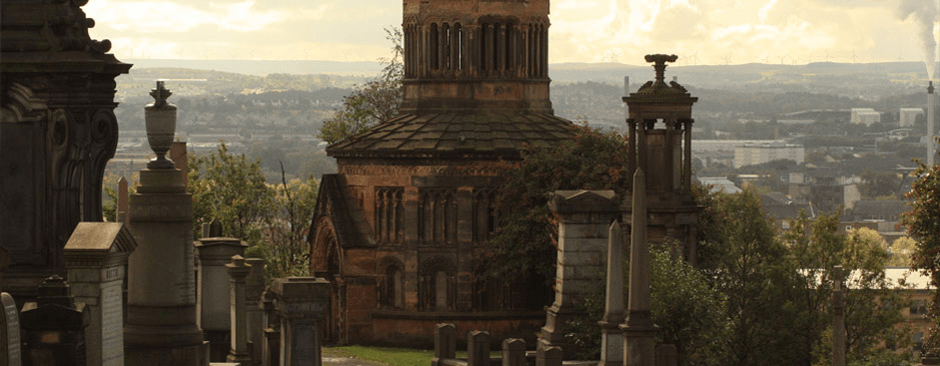A
See all
B
See all
C
See all
D
See all
F
See all
G
See all
H
I
J
See all
K
See all
L
See all
M
See all
O
P
R
See all
S
See all
T
See all
W
See all
Do you have a family member buried or commemorated within the Glasgow Necropolis whose story you want to tell? Please get in touch by email: research@glasgownecropolis.org

 Marked grave
Marked grave Unmarked grave
Unmarked grave Roll of Honour profiles
Roll of Honour profiles